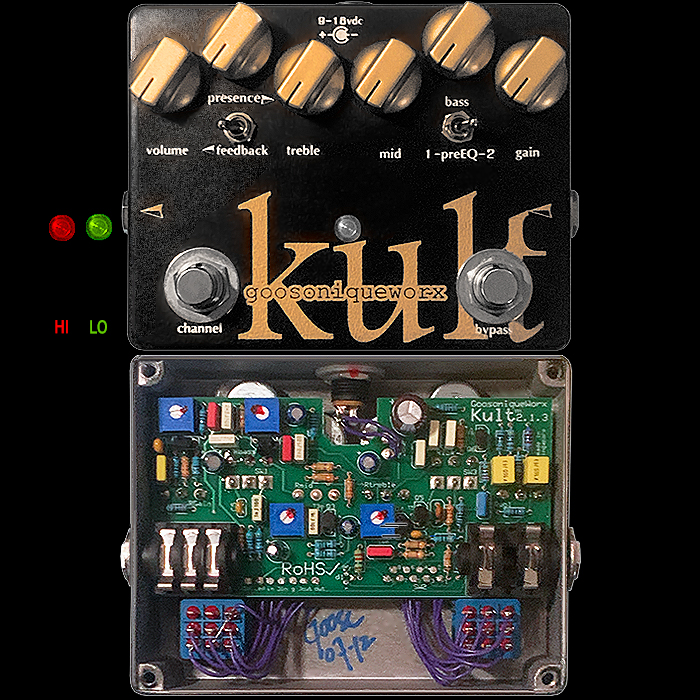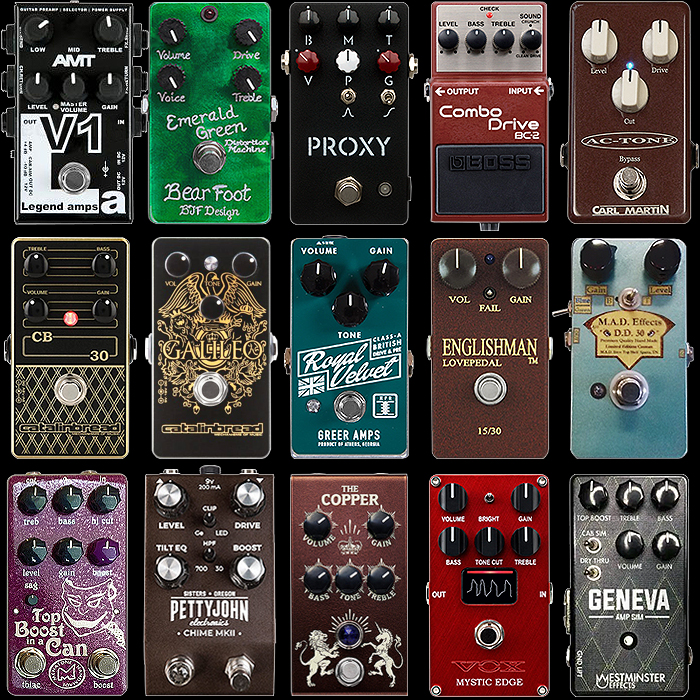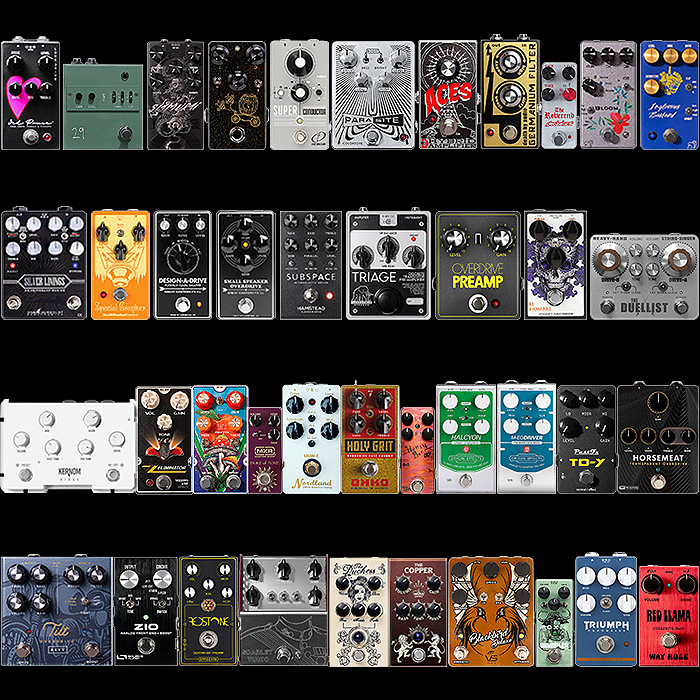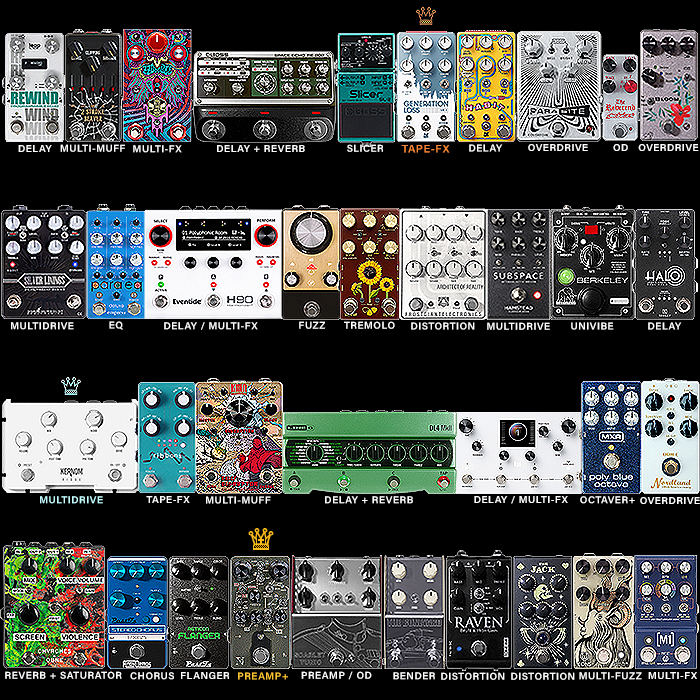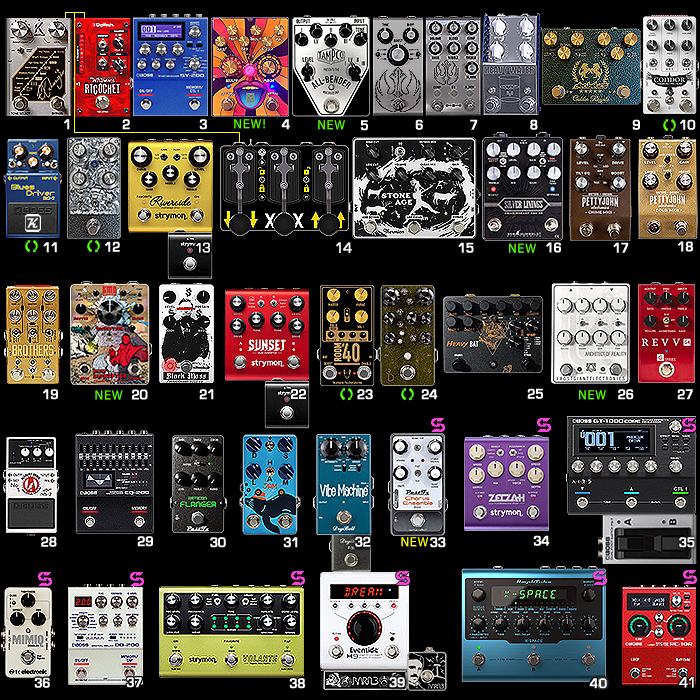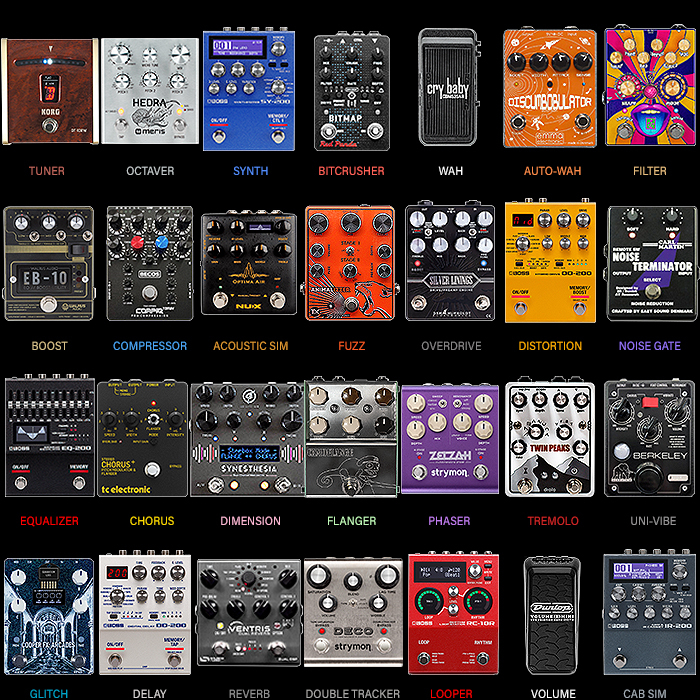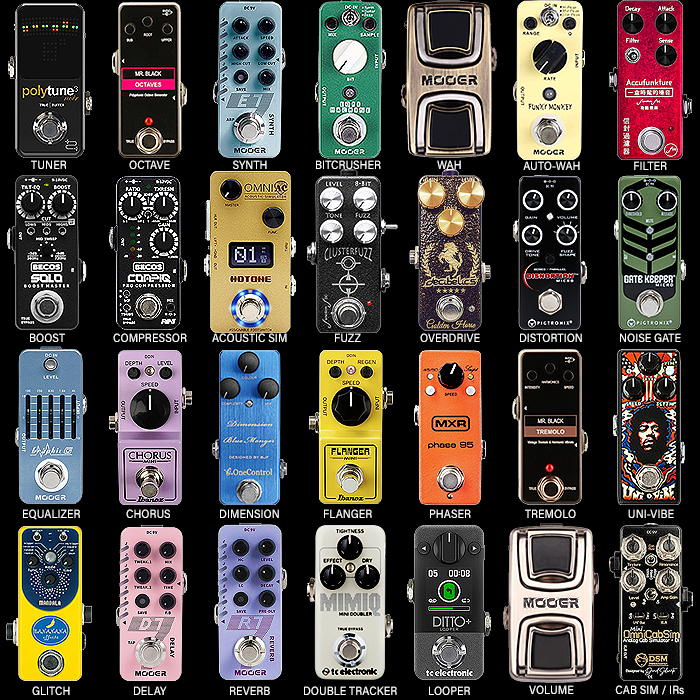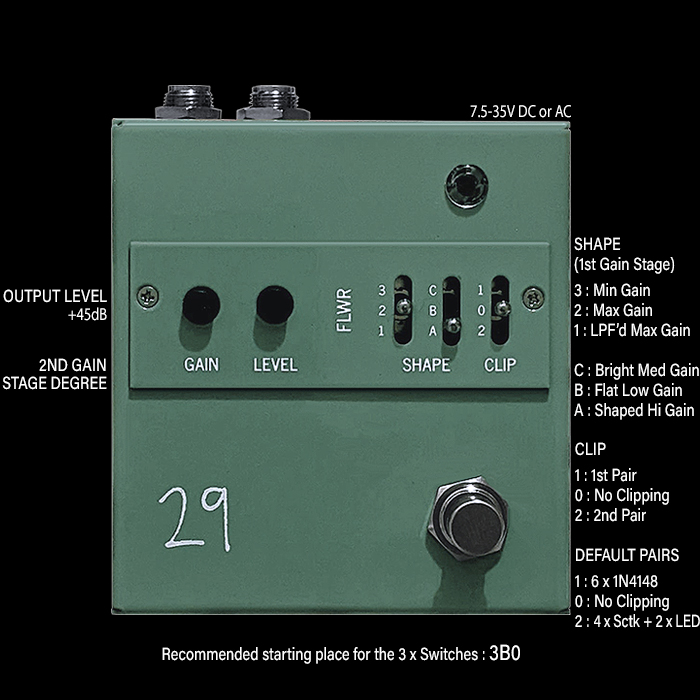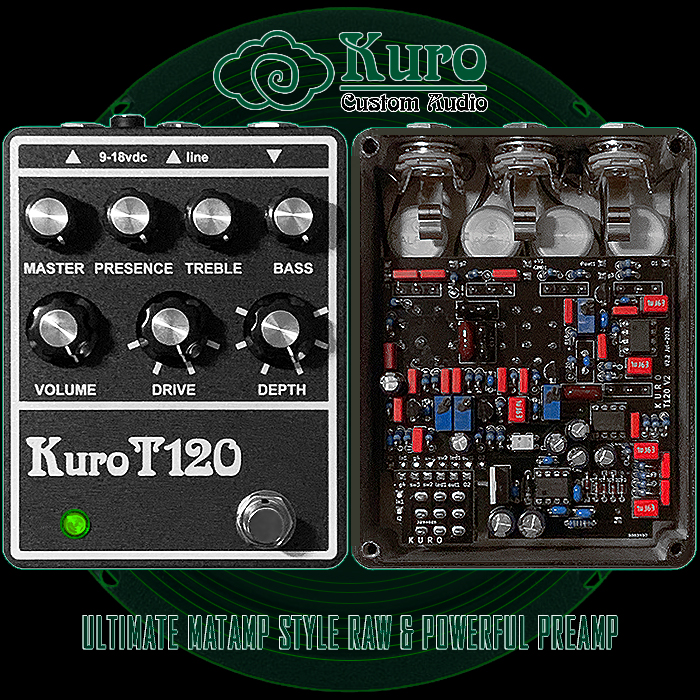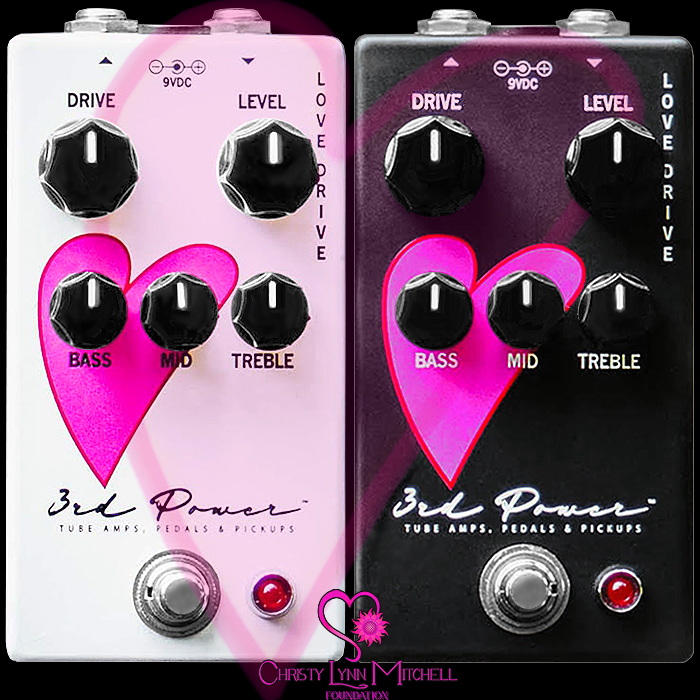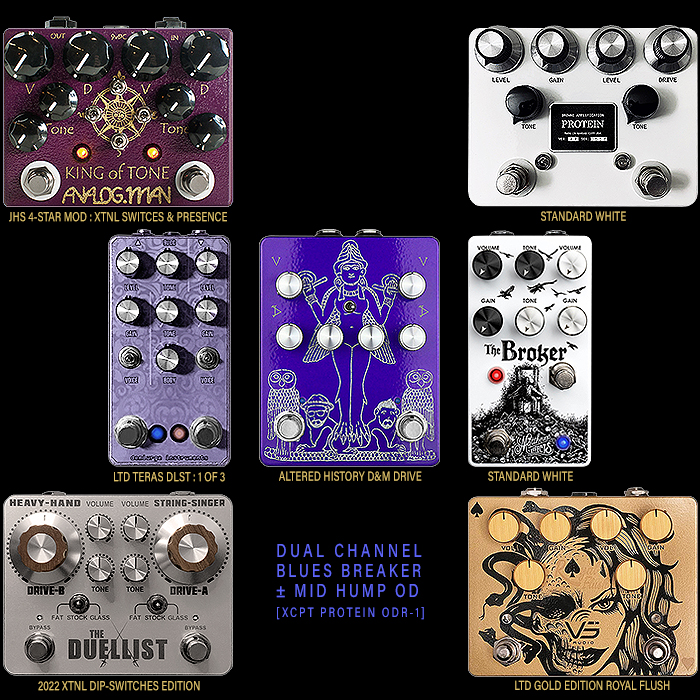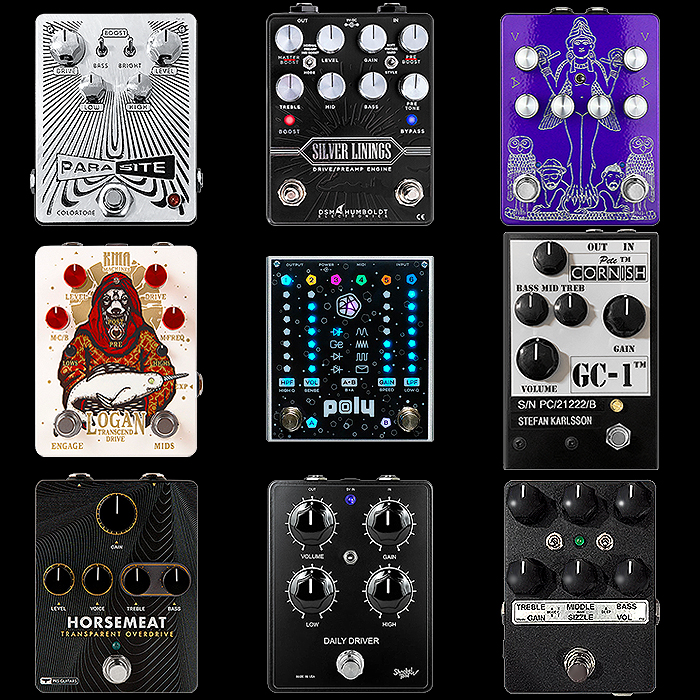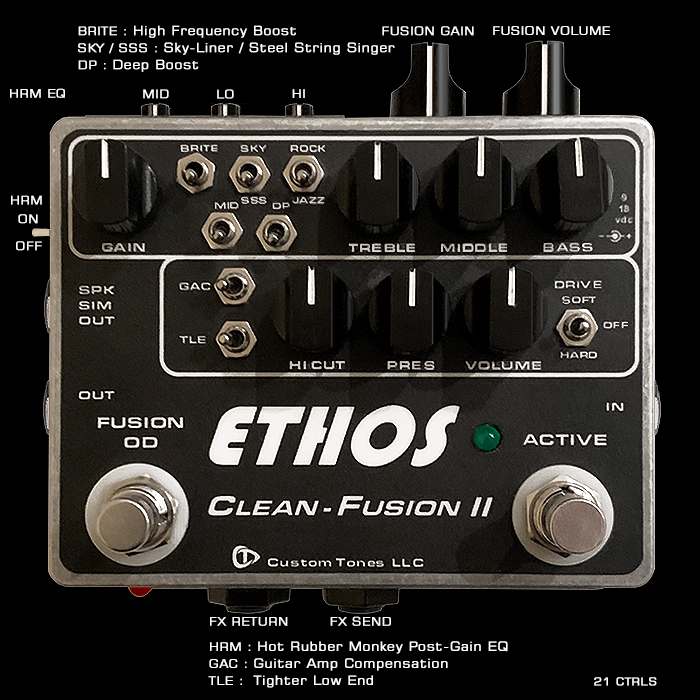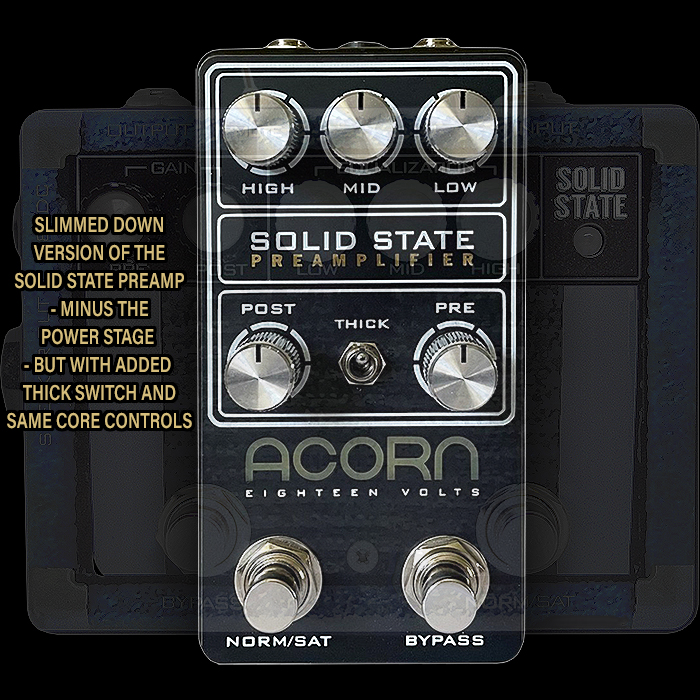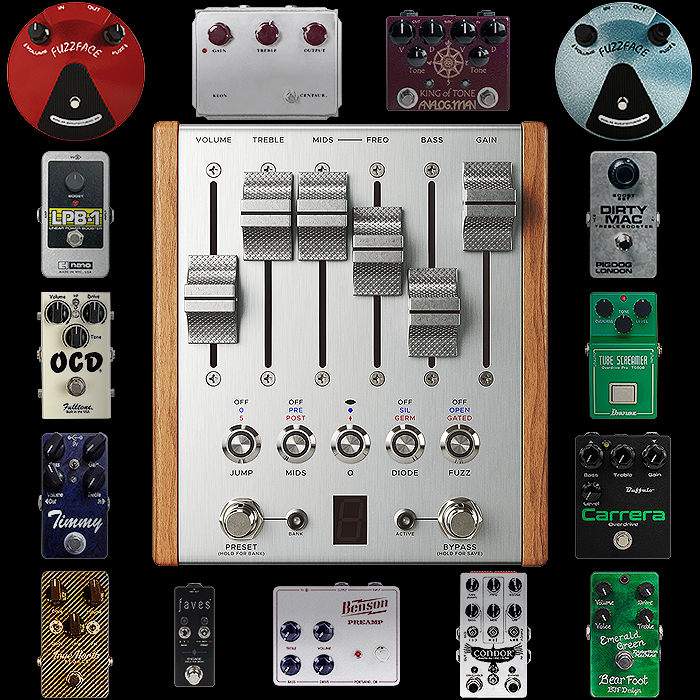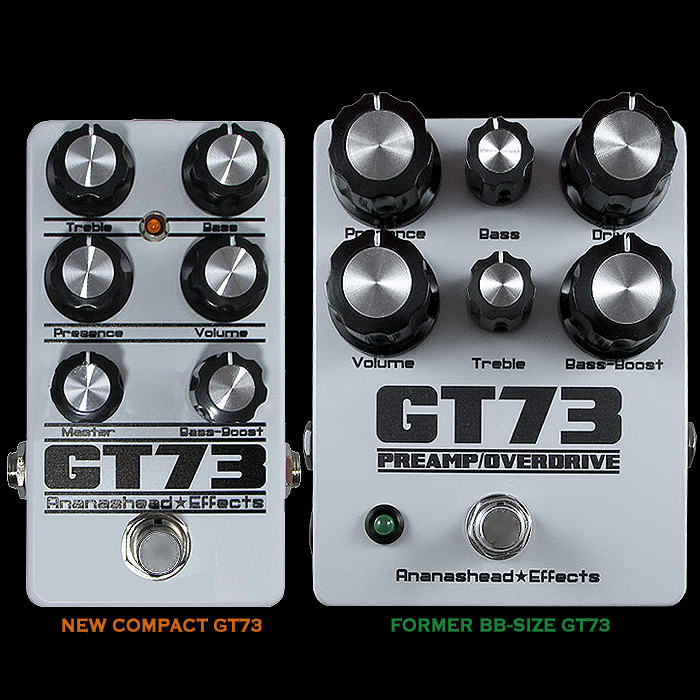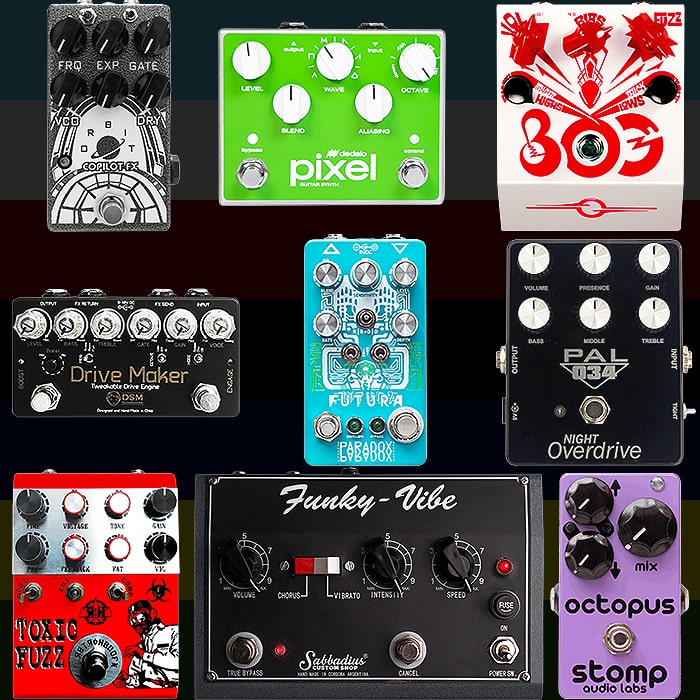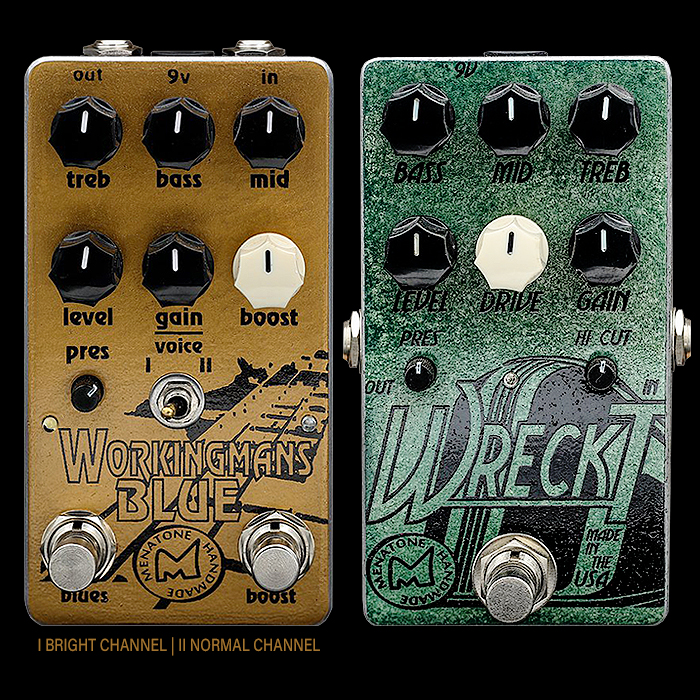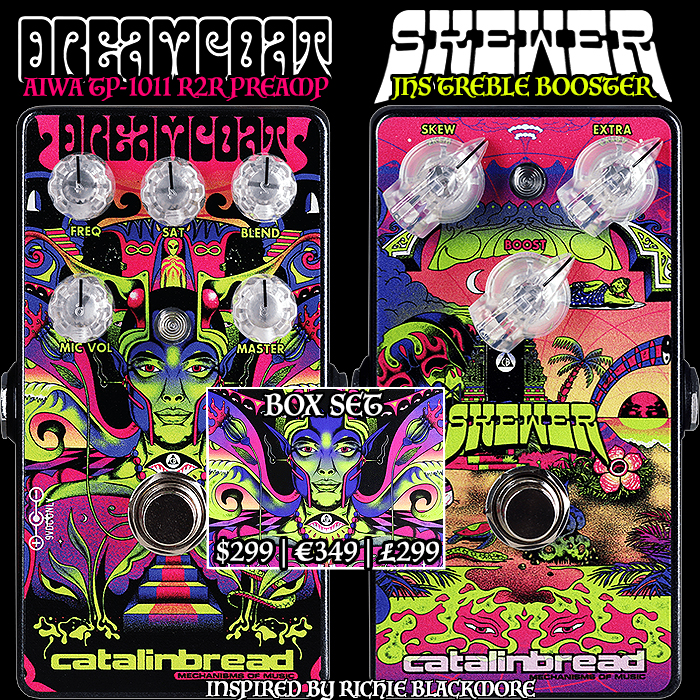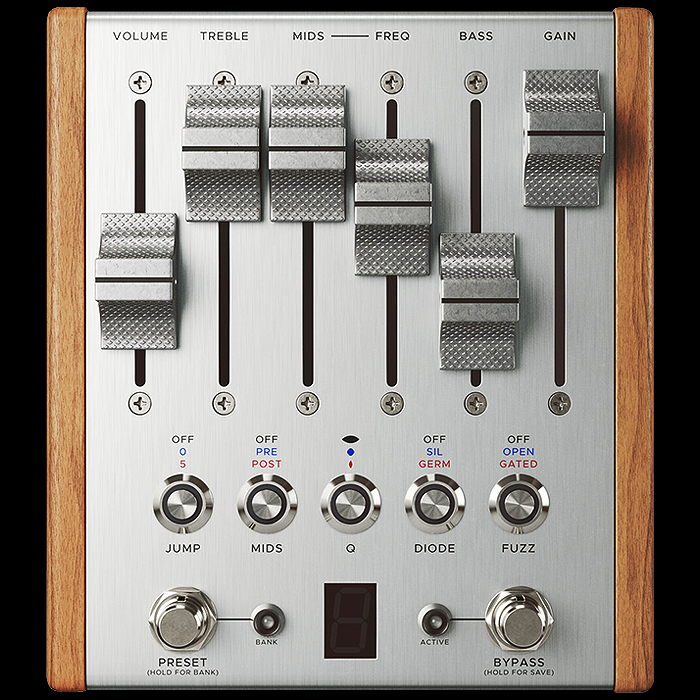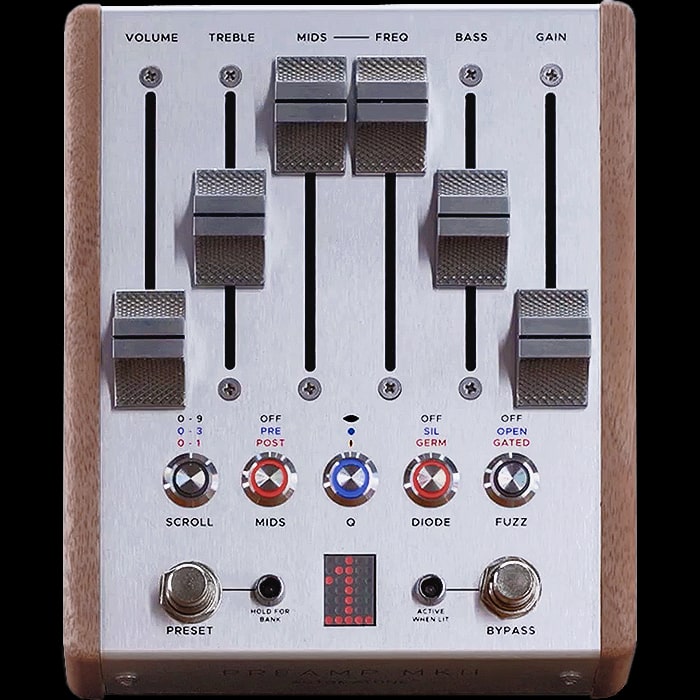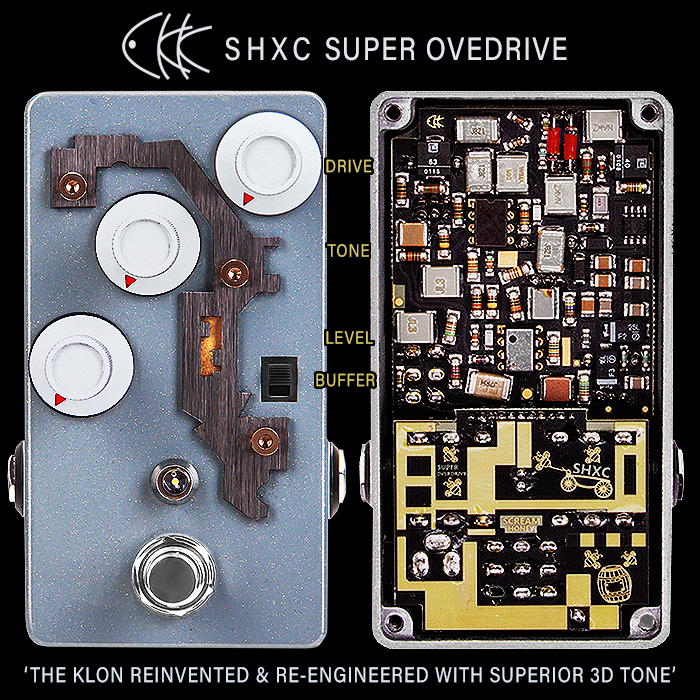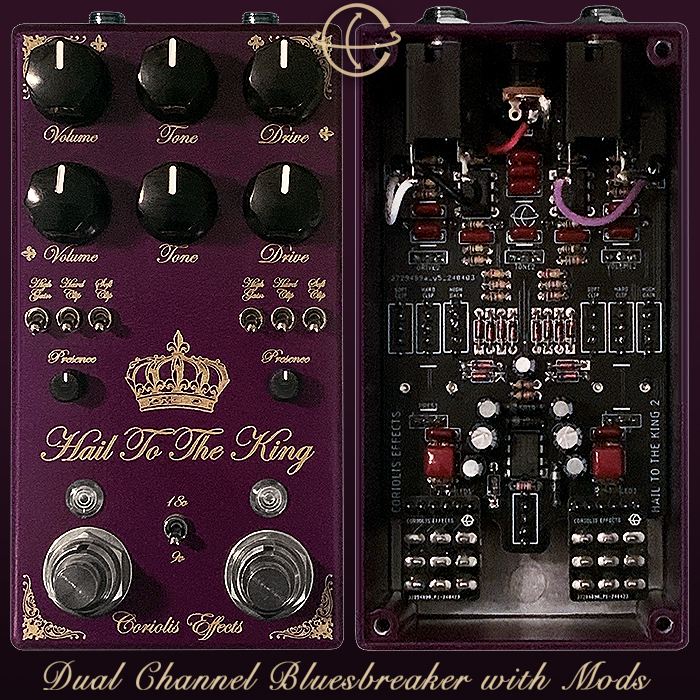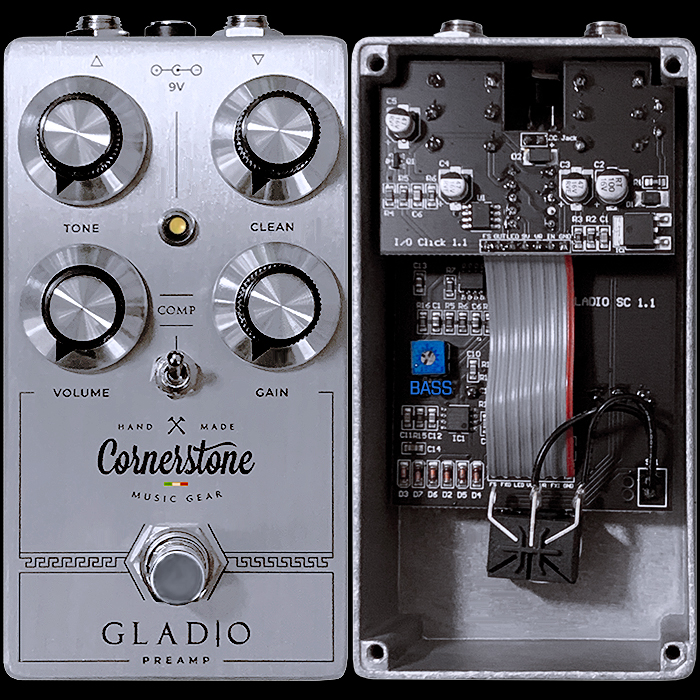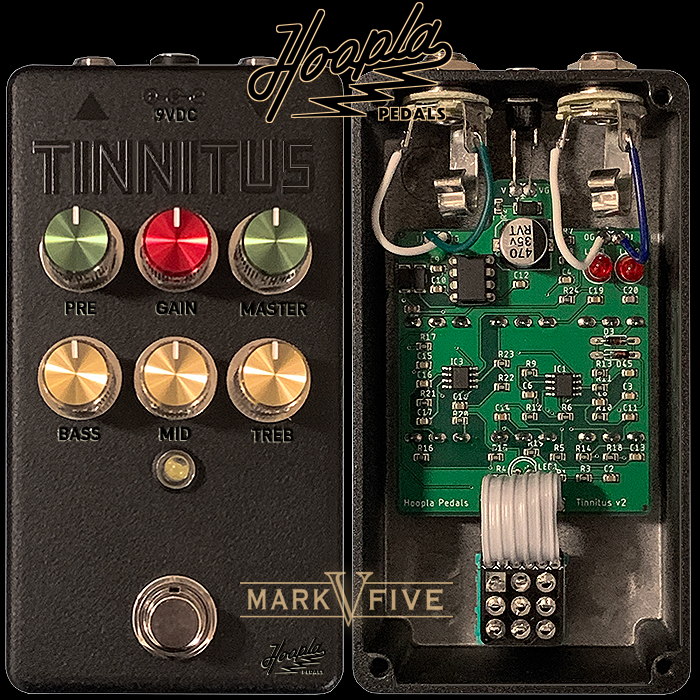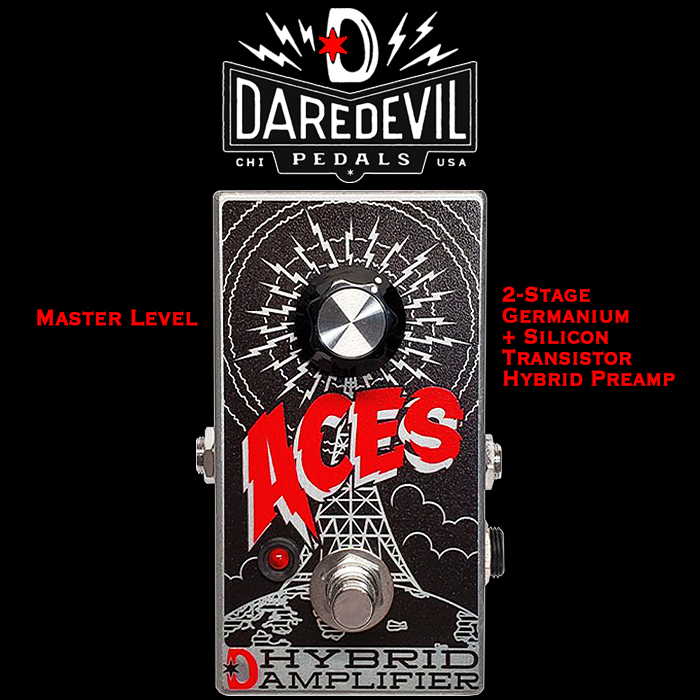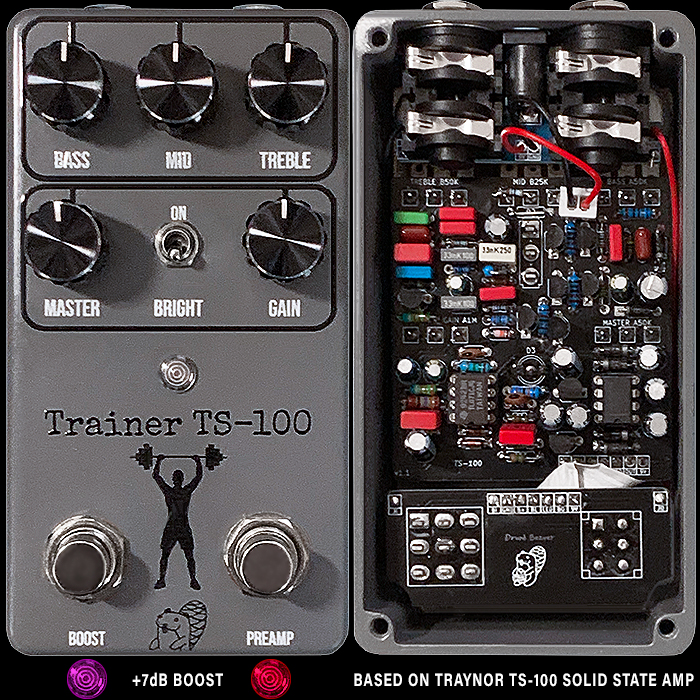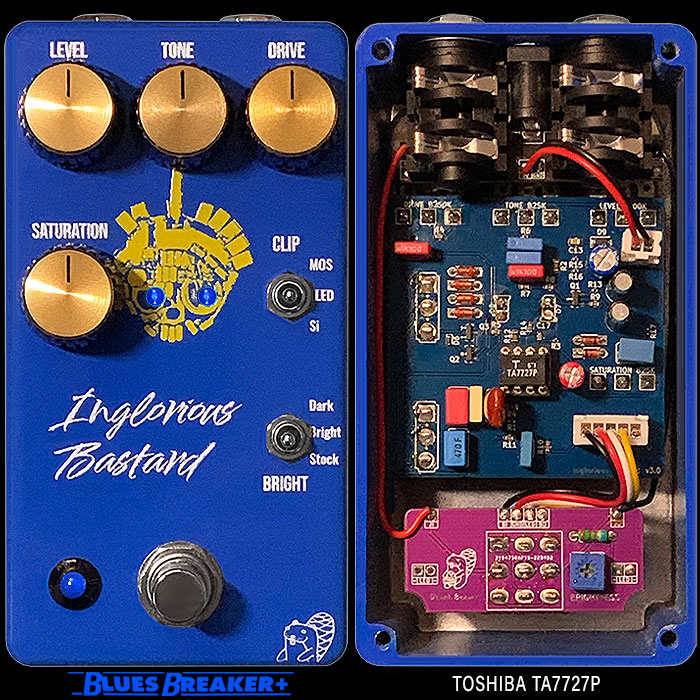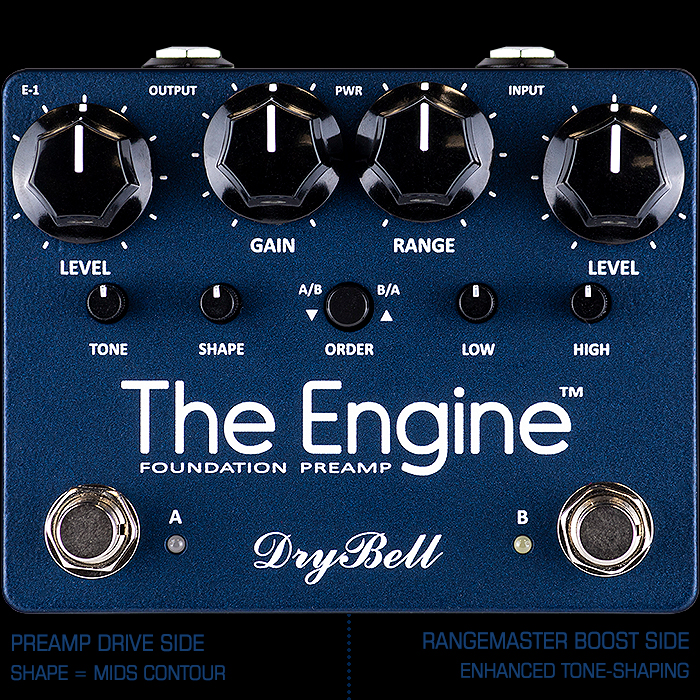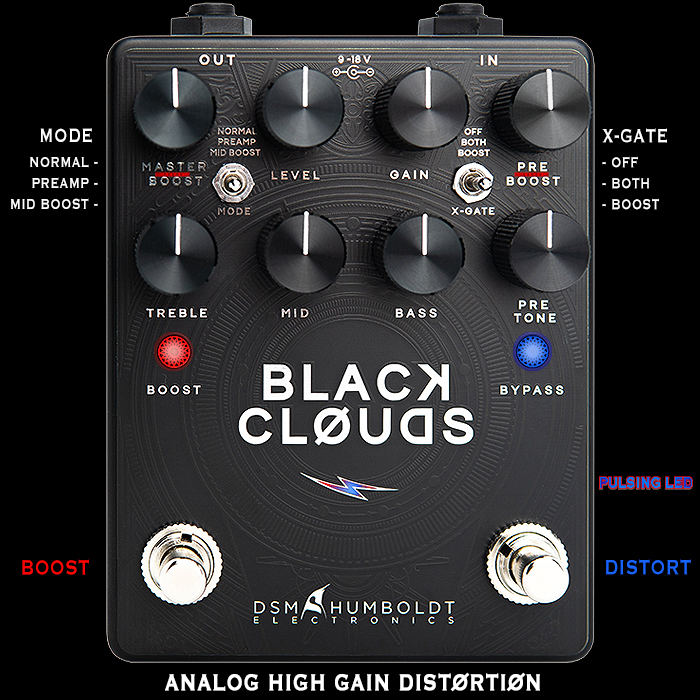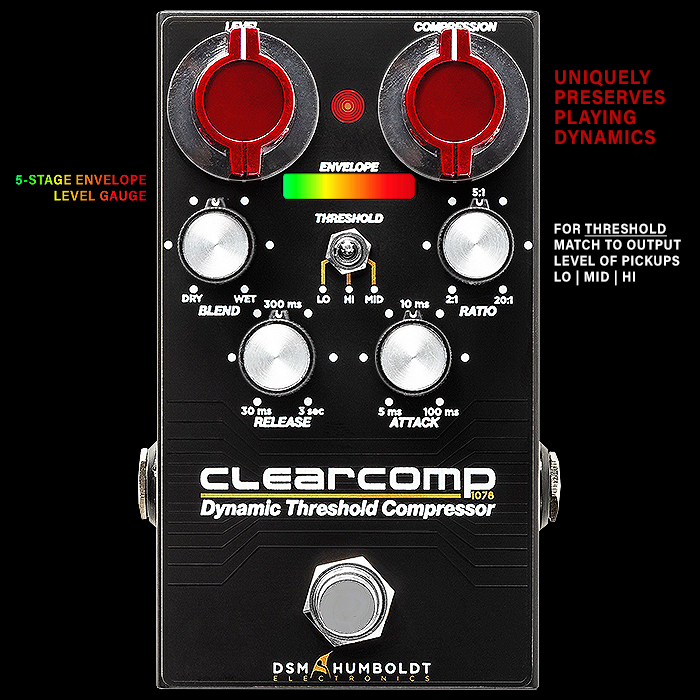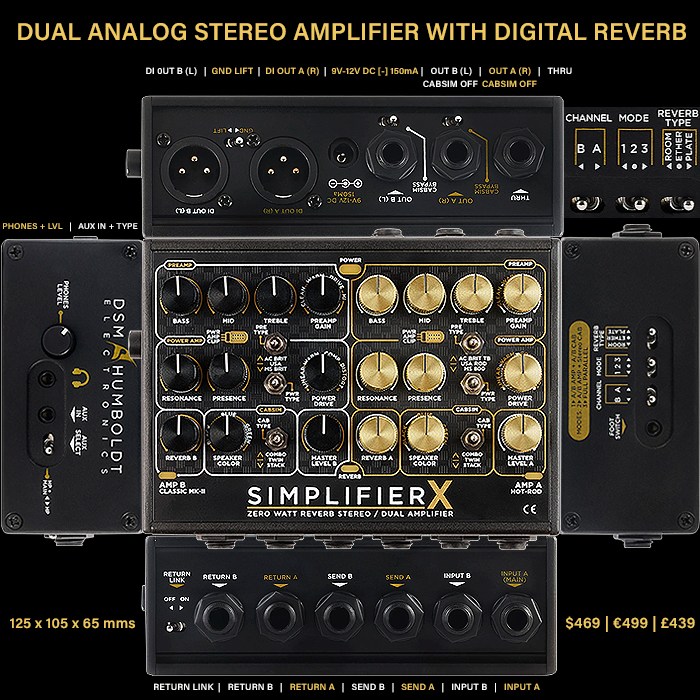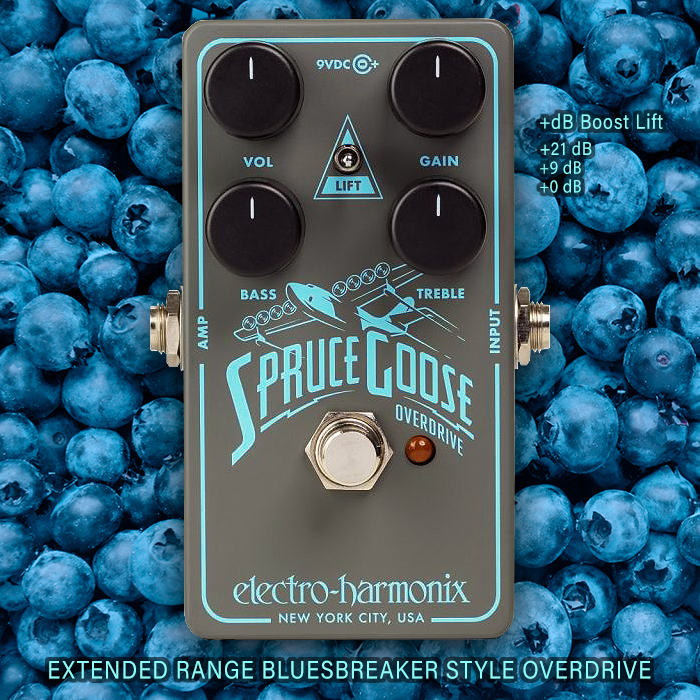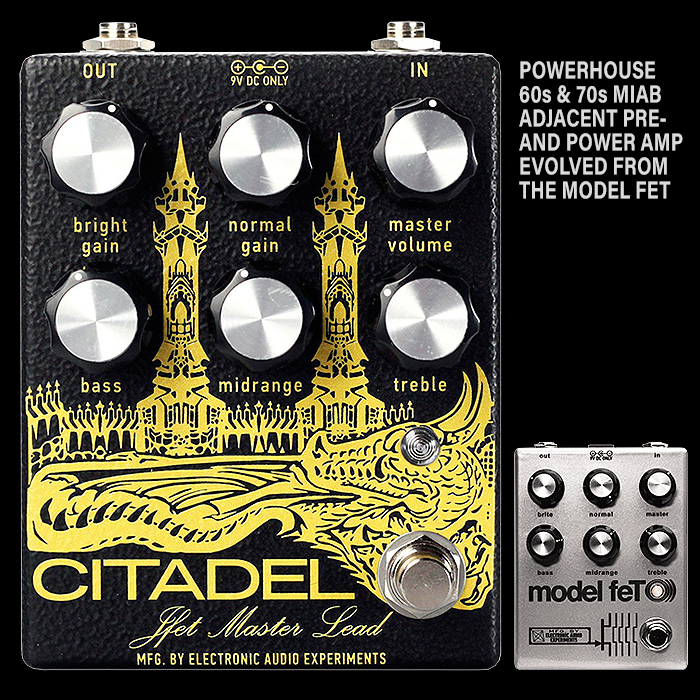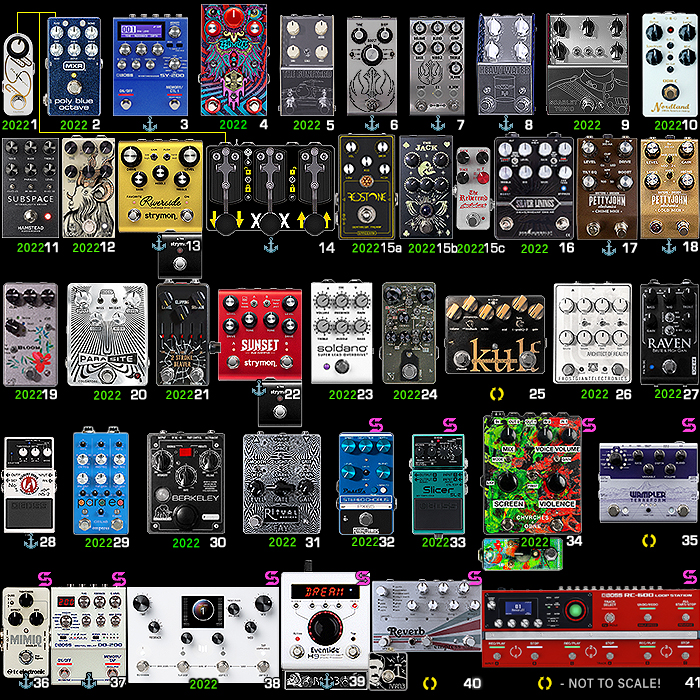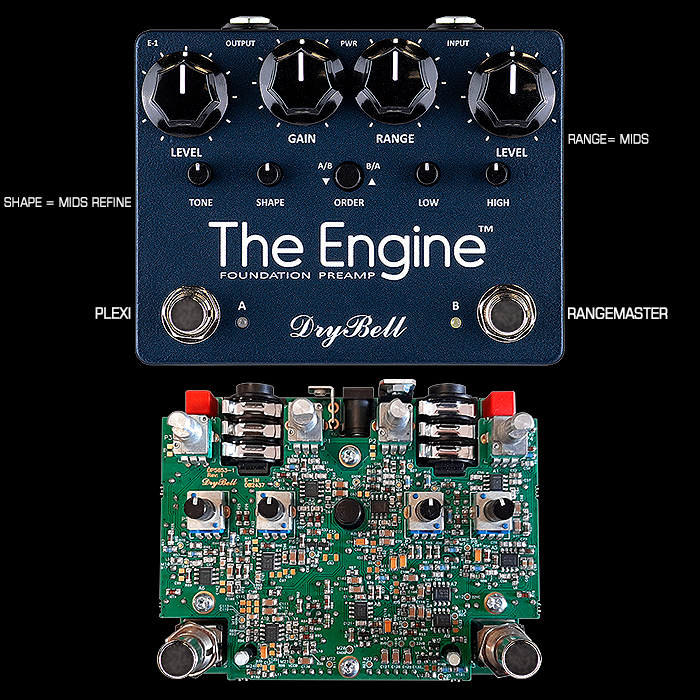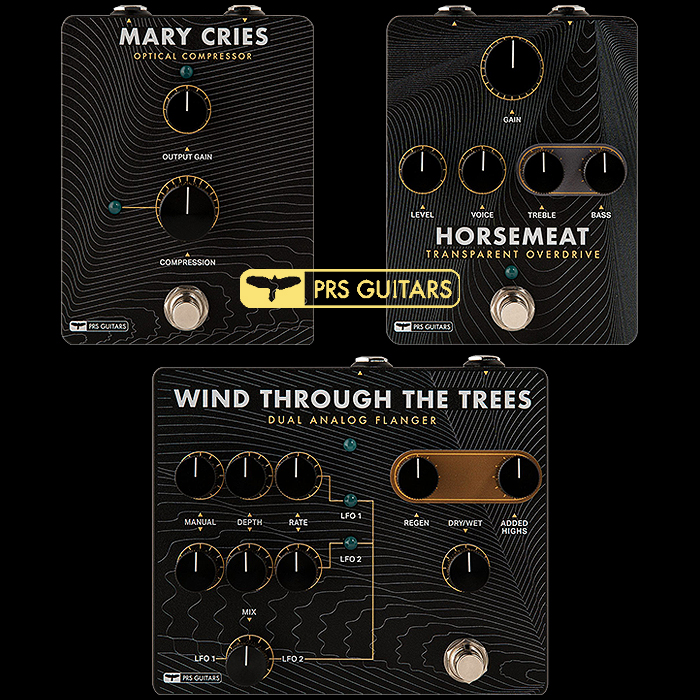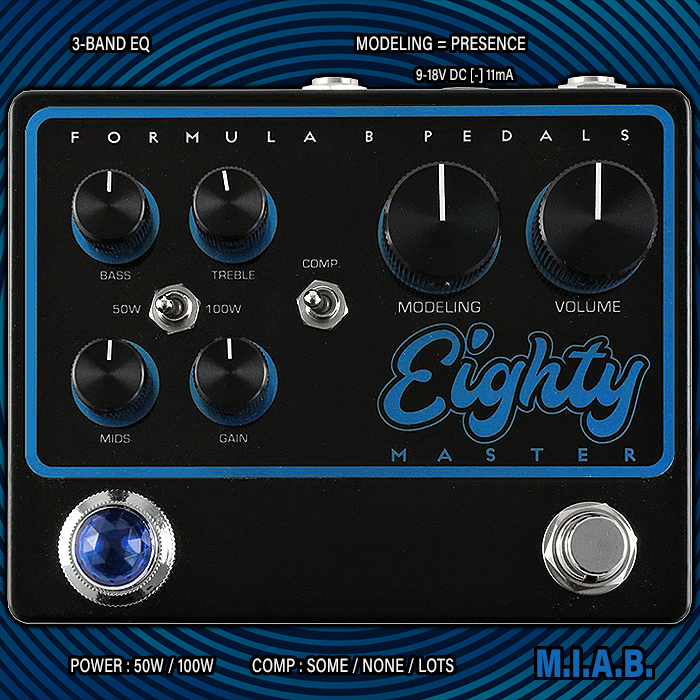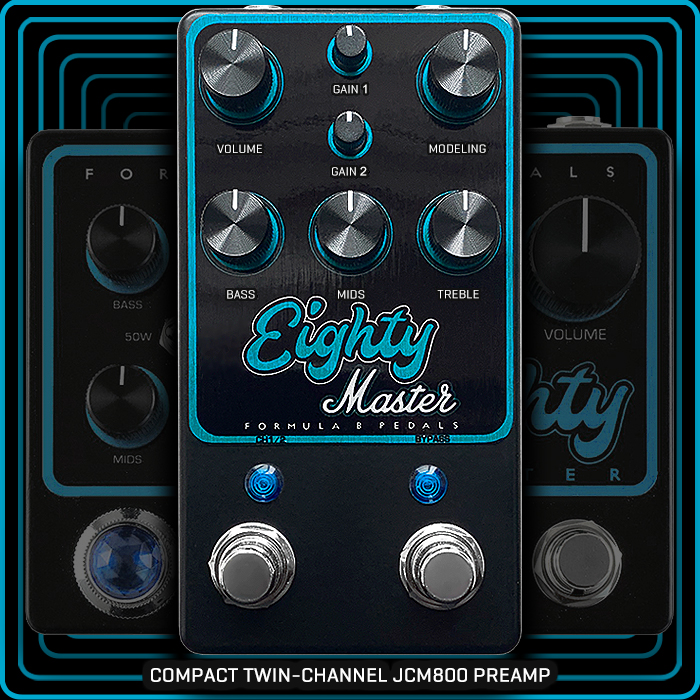DSM & Humboldt Deliver the Incredibly Smart All-Rounder Silver Linings Drive / Preamp Engine
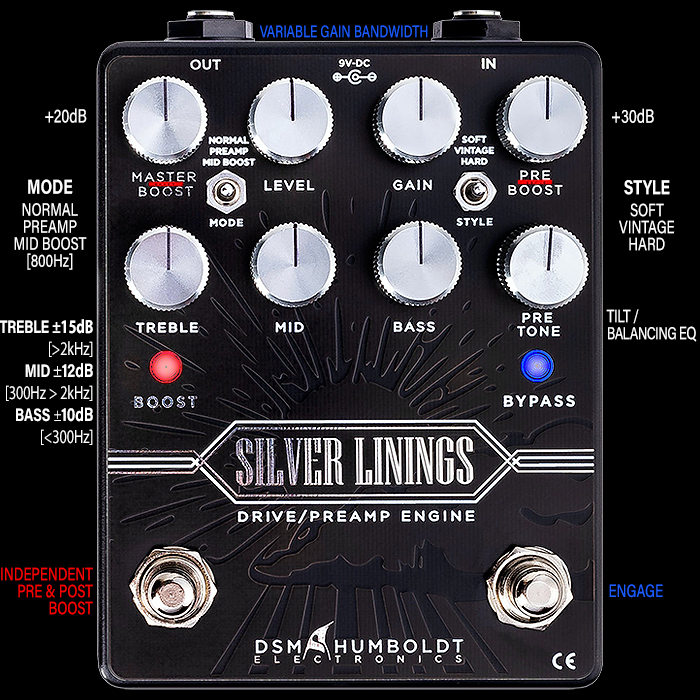
This is another gem from late 2021 where I somehow and wholly inadvertently managed to overlook its November 15 launch. In fact it was only a very recent Andertons demo that finally brought me round to the phenomenal potency of this incredible device. A wholly new all-rounder gain circuit with various operational and playback modes and styles - while it’s not based on any specific genre or evolved from any particular source circuit. This is an entirely new and revolutionary circuit whose combined prowess is about the most versatile in analog gain machines that you could want.
Controls : Master Boost (Clean Boost +20dB), Level (Output), Gain (Variable Gain Bandwidth), Pre Boost (Gain Boost / Compression + 30dB), Mode : Normal (Transparent) / Preamp (Insert) / Mid Boost (+800Hz Mid-Hump Drive), Style : Soft (Soft Symmetrical Clipping), Vintage (Fat Asymmetrical Clipping), Hard (Tight, Amp-Like Hard Clipping), Treble [>2kHz ±15dB], Mid [300Hz > 2kHz ±12dB], Bass [<300Hz ±10dB], Pre Tone (Tilt / Balancing Input EQ). Engage Boost Footswitch (also independent), Engage Drive Footswitch.
It of course has a smart Active 3-Band EQ, while that is further supplemented with additional Pre Tone, Pre Boost, and Master Boost controls. You can select just how much Gain Boost (Pre Boost) or Clean Boost (Master Boost) you need - in any combination, and where the Boost Channel can be used wholly independently too.
It’s 3 Modes let you use it as a Transparent Drive (Normal) Preamp (Preamp Insert / FX Loop) and Mid-Hump Overdrive (Mid Boost / +800Hz). While the 3 Styles are essentially 3 different Gain Structures and Clipping Profiles with varying characters and amounts of compression, sizzle and sustain. Higher levels of Gain for Vintage and Hard styles in particularly deliver superb fuzz voicings too. Pretty much everything about this pedal is specially engineered above and beyond core function - so that for instance the Gain control is more rightly labelled a Variable Gain Bandwidth control - which instills optimal controlled and minimal noise floor, while maintaining tight and clear tones for all levels of gain.
There is quite a unique Pre-Tone control here too which regulates and balances the input signal - in terms of Tilt EQ - where it can lean towards darker / bassier / denser on one side to brighter / sparklier / more open on the other. Not altogether different from the EQ Adjust dial on Origin Effects’ RevivalDrive - and where most will use that to just tune the pedal towards individual amps - such that you can retain your core settings and just adjust the Pre Tone control if assigning different guitar or amp - if either is producing you a slightly different overall signal character. Like with the RevivalDrive - this for me is just another tone / texture fine-tuner for my overall EQ - so I use it in conjunction with the 3-Band EQ and 2 Boost types to more finely sculpt exactly what sound/s I’m looking for - rather than specifically just as a sort of compatibility setting!
This gain pedal covers the whole gamut from Low Gain Transparent Overdrive (Normal / Soft) to Blistering Saturating Extreme Metal tones (Hard + EQ + Boosts). The only weakness here really is the lack of onboard presets - as there is so much variety and versatility available here that it may just overwhelm some users. While you can dial in pretty much every key type of overdrive and distortion - covering all the usual classics - from Klon / TS800, through Blues Breaker, Dumble, Plexi, JCM800, and onto Full Fat Rectifier Metal.
This reminds me in many ways of my BYOC Crown Jewel too - where those two and the CBA Automatone Preamp MKII surely have to be the ultimate in versatile tone machines. Compared to something like the Preamp MKII this gets you into all kinds of high gain areas which that cannot - while that obviously has presets on its side alongside some other advantages.
The Preamp MKII, Crown Jewel and Silver Linings have to be the ultimate trifecta in versatile analog gain machines. The Boss OD-200 is great too - but that is a hybrid mix of analog and digital modelling.
The Silver Linings pedal is a wholly SMT style construction - all analog of course - while it entirely puts to rest any myths that SMT pedals can’t be every bit as good and dynamic as those THT originals. The Dynamics of the Silver Linings are just extraordinary. The only downsides really are its lack of presets - and possibly option overload for some. I’m in the process of doing my Medium-size Key Pedals per Type overview, and I had had the Pete Cornish GC-1 on the ’Overdrive’ slot for a while, yet this Silver Linings surely pips that with its extraordinary prowess and versatility. I can for sure see how some people might get frustrated with having to re-calibrate so significantly for every key change in voicing - while all those tones can be found onboard - if you just have the patience to tease them all out.
This goes straight in on my list of all-time classic all-rounder overdrives - and sort of pips my other two favourites on account of its more practical form factor. Also there are far too many pedals out there that don’t have independent boost - and the fact that here you can have it fully stand-alone and also mix in exactly the amount of Clean and Dirty Boost you apply - it all just goes towards making this an absolute must have device.
I was fully sold by the Andertons demo (as below) - while I’m even more enamoured since I’ve gotten my hands on my own unit - procured from Andertons obviously for a pretty reasonable sum of £249 - where original / default price is $249 - that classic UK / USA oddity where the dollar value just flips the currency symbol - rather than the actual exchange rate. These were out in late November last year, meaning they are now generally available from a number of different international dealers now. Not sure how I managed to miss as great a pedal as this - and I’m so delighted to have it in the reference collection now - and on the board!
Are any of you tempted - and are you as impressed as I? I still think there is room for more gain devices having surface Q-Controls - while the extensive controls here mean that it’s not absolutely essential - but it is what makes the BYOC Crown Jewel just so versatile and magical.
DSM Noiseworks were the original masters of the Analog Cab Sim - or OmniCabSim - while Humboldt Electronics is probably best known for their Magellan Dynamic Overdrive - before it was decided those brands should join up and jointly launch the Simplifier series of analog Cab Sims. The Silver Linings utilises all thoseSimplifier innovations within the premise of being an all-out and all-rounder gain machine. DSM and Humboldt are both Santiago de Chile natives. They’ve obviously carved out a pretty unique niche for themselves - where the vast majority of cab sims are digital nowadays. The Silver Linings is just as revolutionary as those Simplifier devices - but seems to have been somewhat overshadowed by the various other more mainstream campaigns leading up to Christmas las year. Did any of you latch onto this last year?
I really love this device - while it does have some slight inherent complexity in setup - which may not appeal to all. You need some degree of patience and due diligence to get the most out of this device - where it can largely be any kind of gain machine you might want!
Demos



















